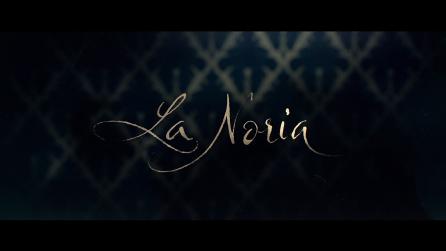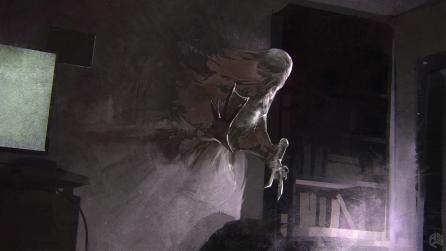Deep compositing the cityscapes of Blade Runner 2049
How Atomic Fiction conjured up a moody, atmospheric aesthetic
Deep compositing has become a mainstay for those looking to create atmospheric film environments, making it the obvious choice to help Atomic Fiction create the iconic, claustrophobic cityscapes of Blade Runner 2049.
From the complex forest scenes of Avatar, to the eerie mist-shrouded aliens of Arrival, the control over depth, transparency, and opacity that deep compositing affords has enabled studios to transport us into worlds vastly more convincing than would have otherwise been possible.
Kevin Baillie, co-founder of Atomic Fiction, says: “Being able to build a whole atmosphere, in Nuke, with layers of actual volumetric elements that are thrown in there deep and layered all the way back, just brings this reality, this edge, this life to it, that you don't get otherwise.”
Watch the video to find out how the team created the moody, backlit aesthetic of this hotly anticipated 2017 sequel to the 1982 sci-fi cult classic — and how deep compositing in Nuke played a pivotal role:
"Part of the creative process is actually being able to experiment with a lot of stuff that doesn't work, to find the one that really sings. And that's what Nuke does for us."
Kevin Baillie, co-founder, Atomic Fiction
Want to try out deep compositing for yourself? Get a free 30-day trial of Nuke.


